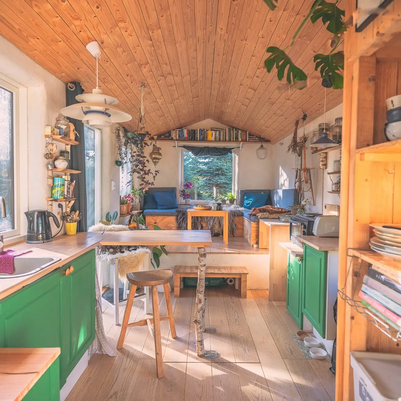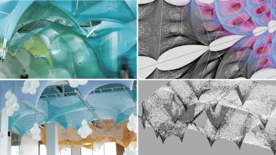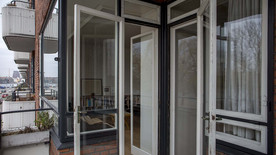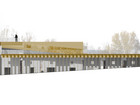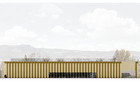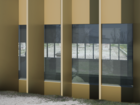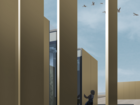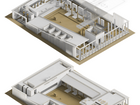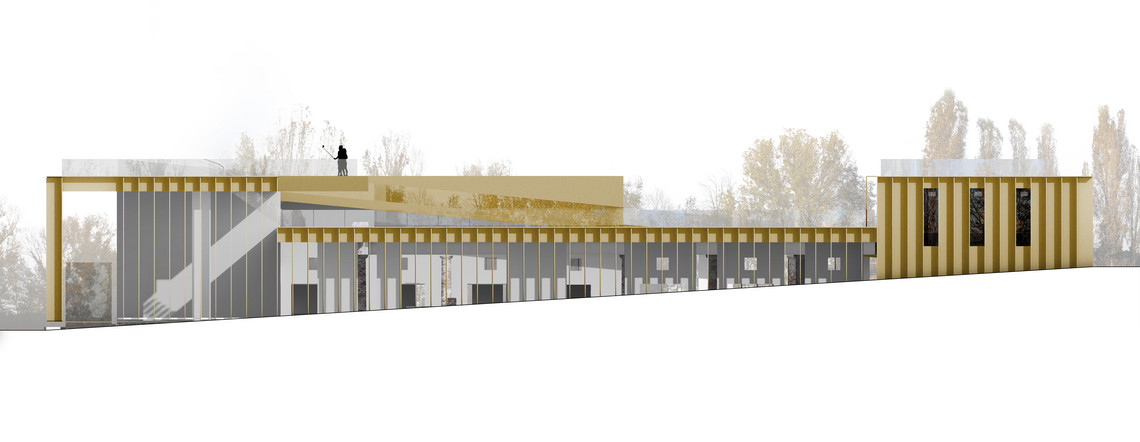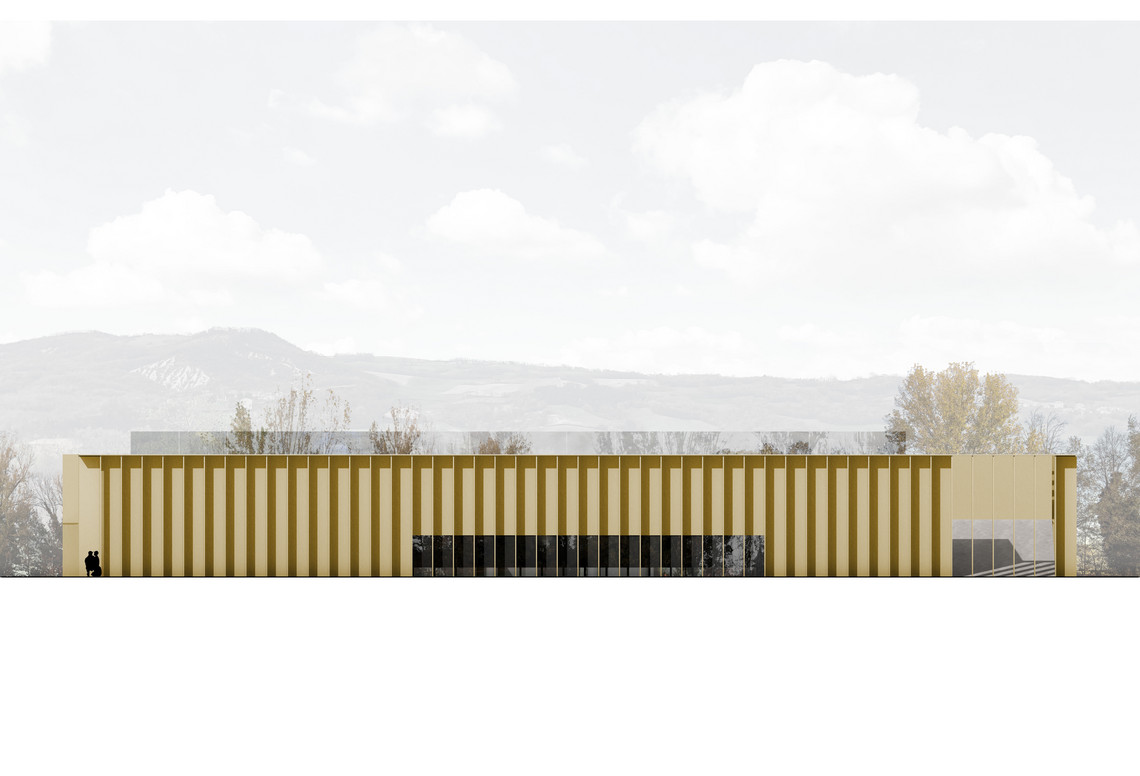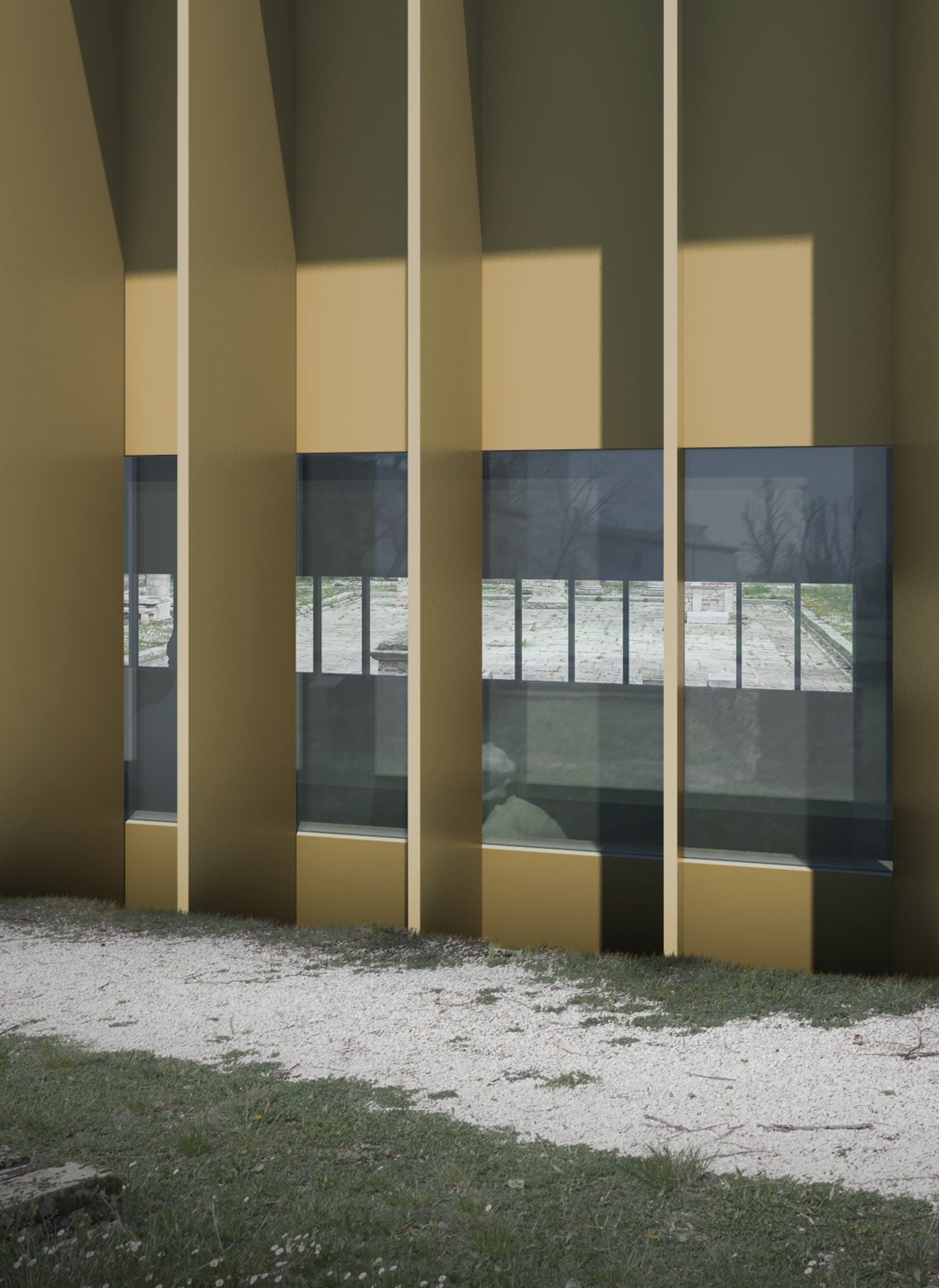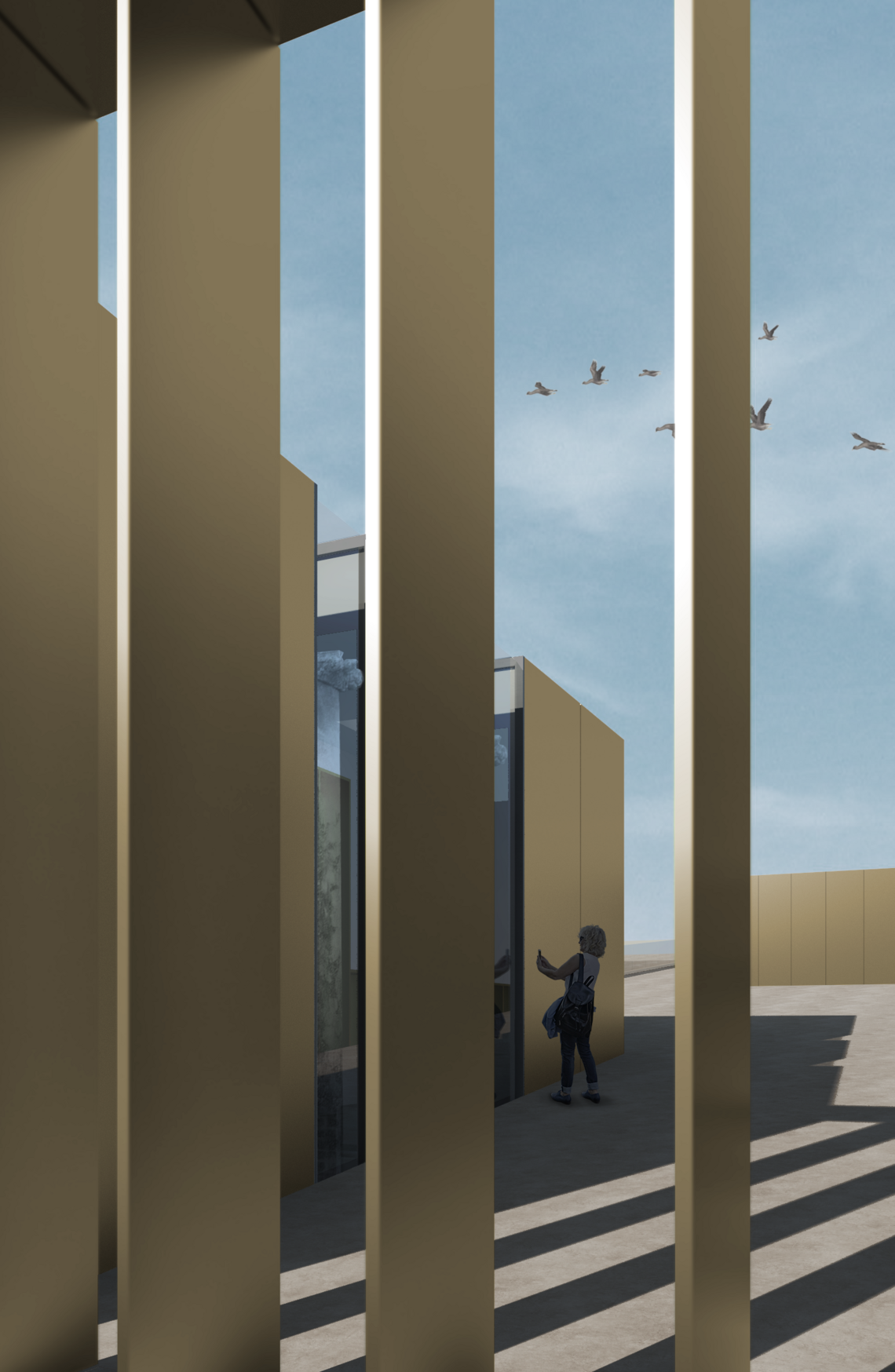
RENOVATIO
The world needs dreamers,
and the world needs doers.
But above all, the world needs dreamers who do.
- Sarah Ban Breathnach
Renovatio addresses the unexpressed potentials of small yet crucial archaeological sites such as Veleia, proving how the friction between promoting and protecting this heritage is the answer to achieve a financially sustainable and long-term conservation of our past.
Spatially, this provocative vision is solved by a multi-functional complex designed through a scale story-telling strategy that shows the original monumental physicality of the Roman Forum while opening the experience of the ruins to contemporary needs.
Ruins, or most of the Italian cultural heritage, are protected through fast and cheap solutions as a metal roof: this is a short-term conservation strategy unable to give the necessary income to these sites to be able to pay for their maintenance by themselves.
The proposal takes a different path, elaborating a business strategy, treating the cultural heritage as it is, a value, and by working towards a bigger and stronger awareness of the site, making possible to achieve a sustainable, and long-term, conservation.
This way, the financial aspect is the tool to put the base for real and lasting conservation by promoting the site and its qualities.
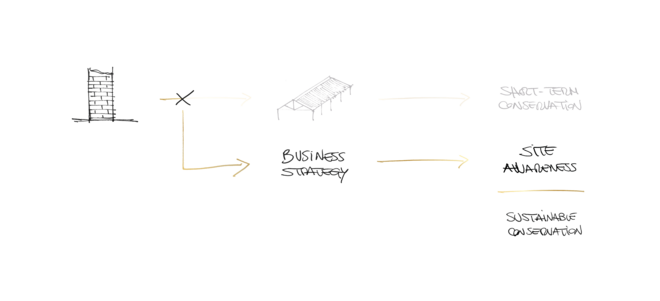
The Ligurian oppidum, then Roman municipium, of Veleia developed in the heart of the Piacenza Apennines from the late Iron Age up to the first centuries of the empire on a vast paleo-landslide, in the secluded valley of the Chero torrent, sub-tributary of the Po river. Located at less than 500 meters above sea level, on the slopes of the relief called north-west Mount Rovinasso [858 m asl] and to the south-east fortress of Moria [901m asl], it is about 50km south of Piacenza.
Since it developed on a large landslide that had settled down a slope in ancient times, this peculiar geographic and environmental situation allowed the Romans to work, according to a consolidated urban technique, the excavation and levelling of the surrounding hills, necessary for the road axes of the cardo [north/south] and decumanus [east/west].
At the end of May 1747 on a terraced plateau in a field beside the church of S. Antonino in Macinesso, a monumental rectangular bronze epigraph was casually revealed [cm 136/138 x 284 / 285.5 x 0.8], seemingly already broken in eleven fragments (recomposed, in 1817), the Tabula Alimentaria of Veleia, the most impressive epigraphic monument of Roman antiquity, the most detailed of Italy of the first empire.
After its discovery, though late, slowly and disorderly, the ancient Apennine site of Ligurian-Roman Veleia returned to history, almost unknown to classical sources.

Renovatio may seem a discussion about volumes, materials, and proportions: but it is not. This project is about building unexpressed potentials on an ancient gift re-emerged from the earth, a case-study of respectful strategies that challenge today’s sluggish conservation model. Places such as Veleia, weak due to various factors, thus become historical laboratories where to hand down and evolve as humanity.
Renovatio is a non-zero sum scenario, where the public and private interests work together as players in order to achieve maximum utility for the benefit of a third individual. A ground where necessity and dream meet.
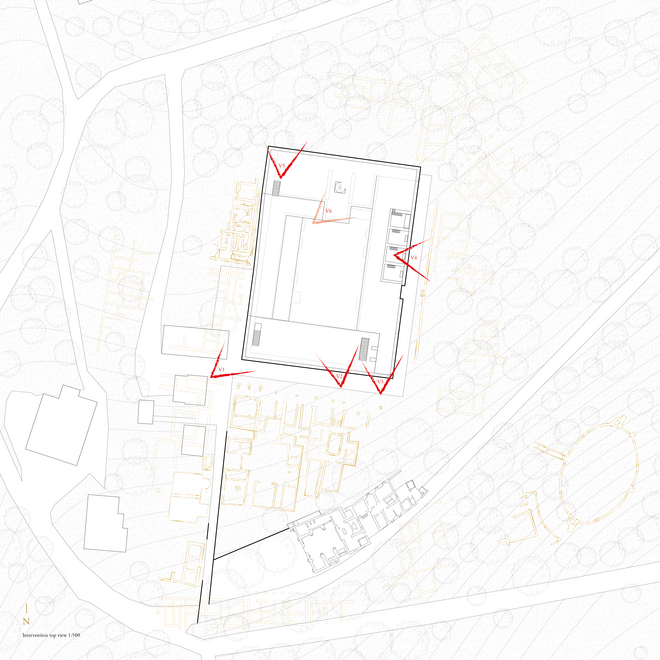
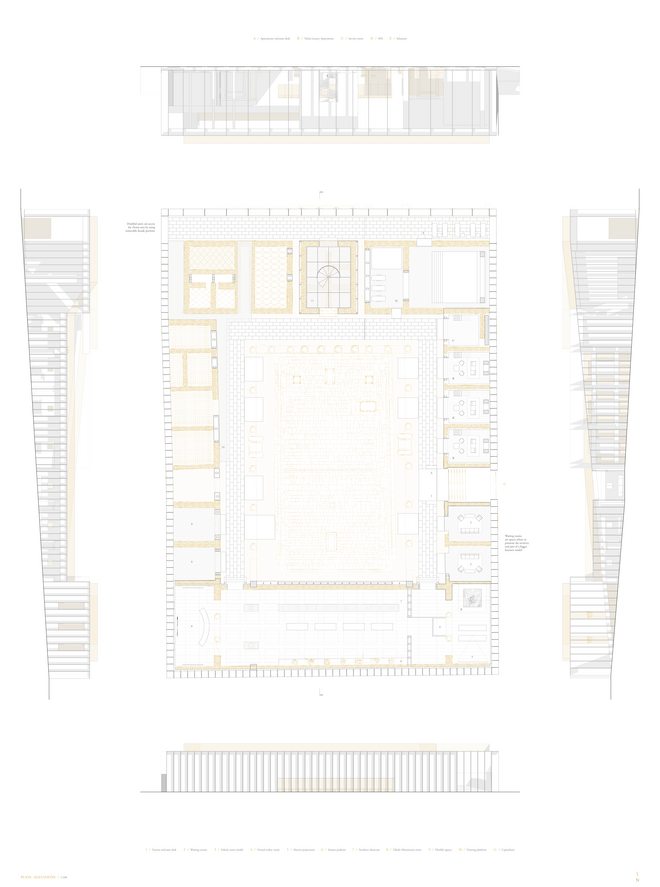
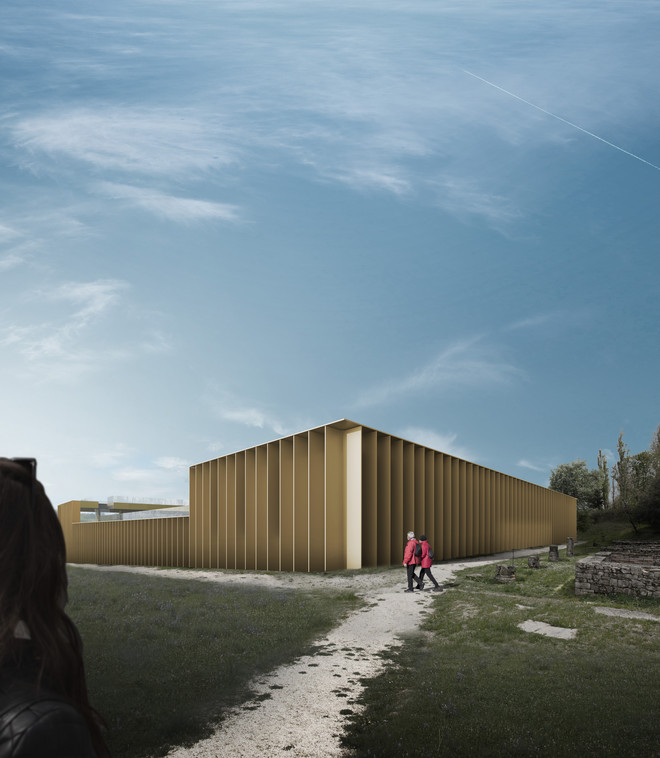
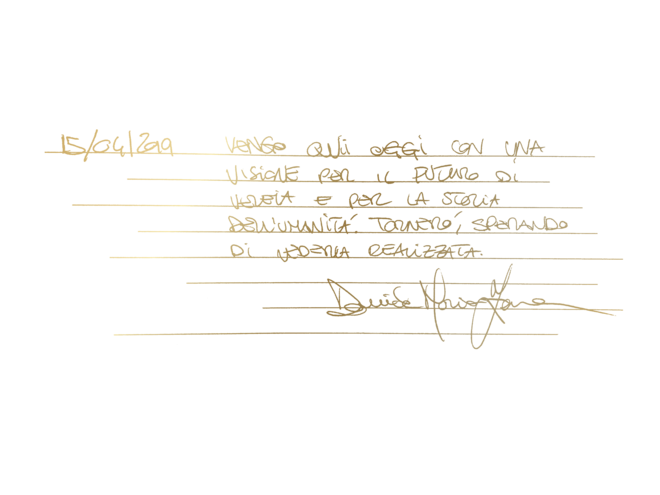
- I have come here today with a vision for Veleia’s future and for mankind history.
I will come, hoping to see it realized. -
For further details about Renovatio: report pdf to download or above listed contacts.
Det Kongelige Akademi understøtter FN’s verdensmål
Siden 2017 har Det Kongelige Akademi arbejdet med FN’s verdensmål. Det afspejler sig i forskning, undervisning og afgangsprojekter. Dette projekt har forholdt sig til følgende FN-mål









